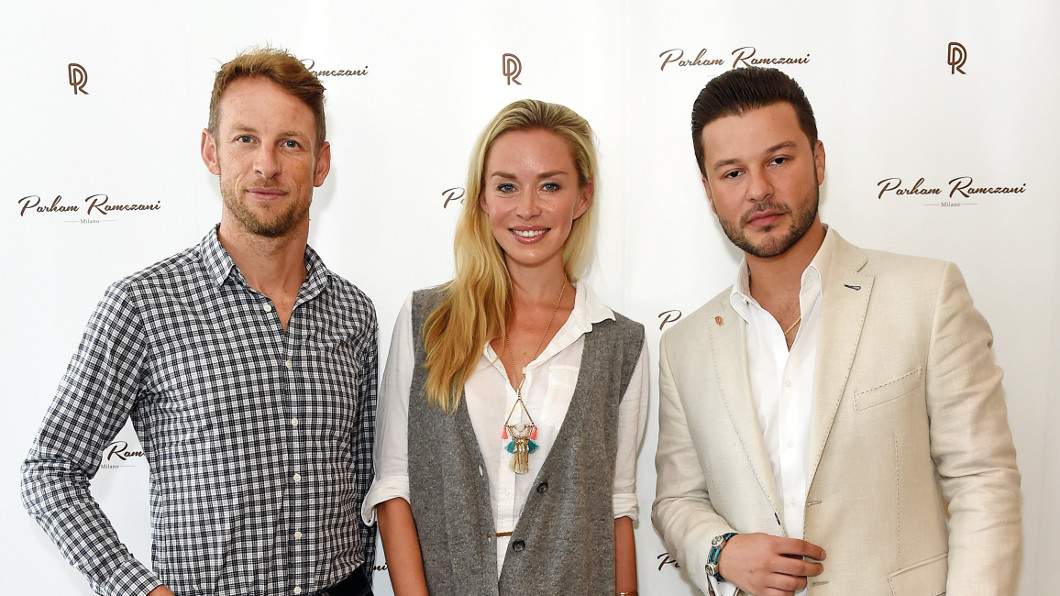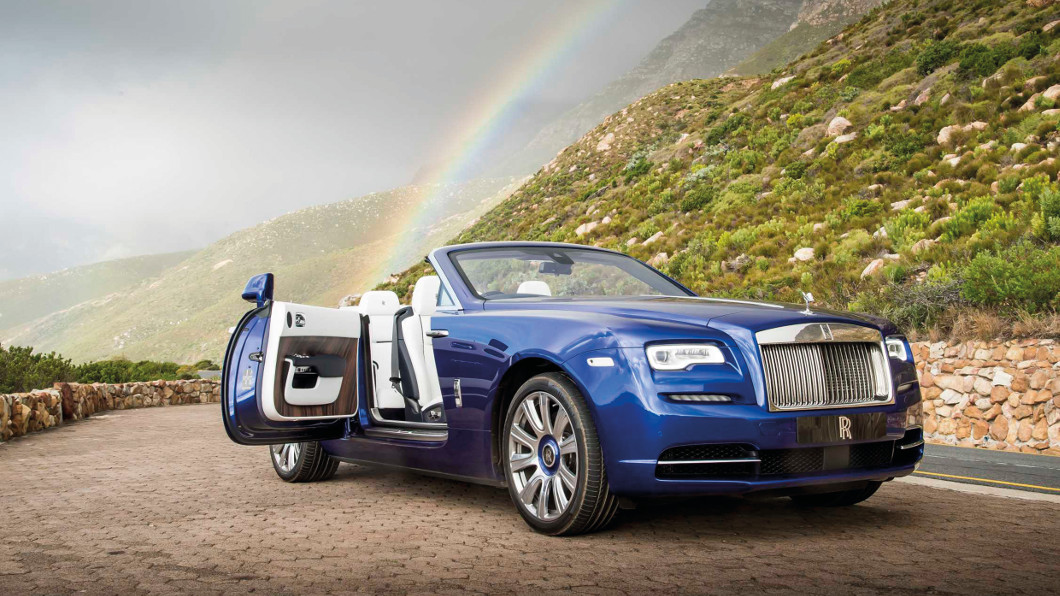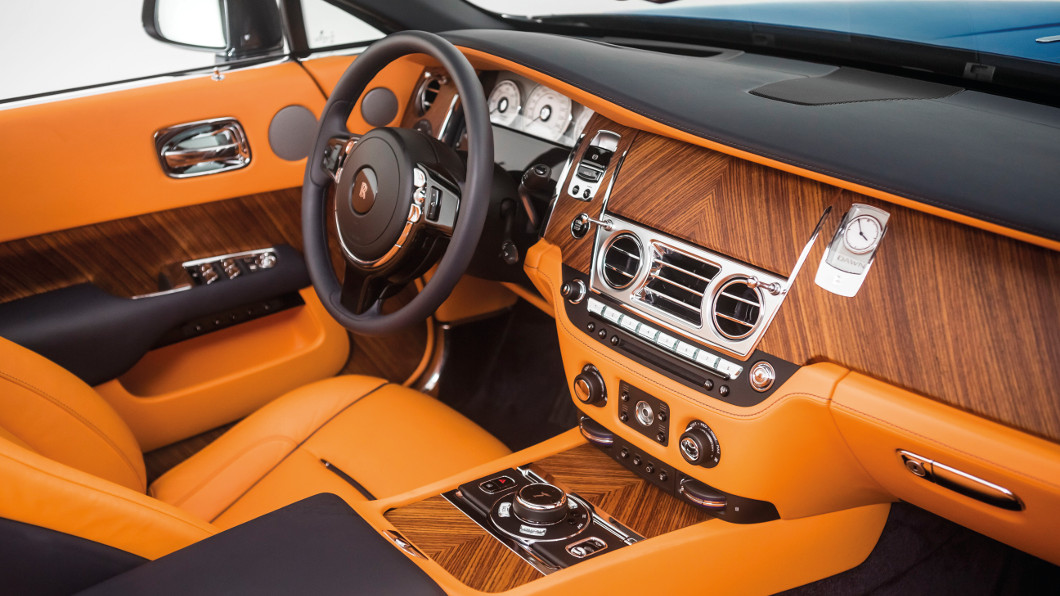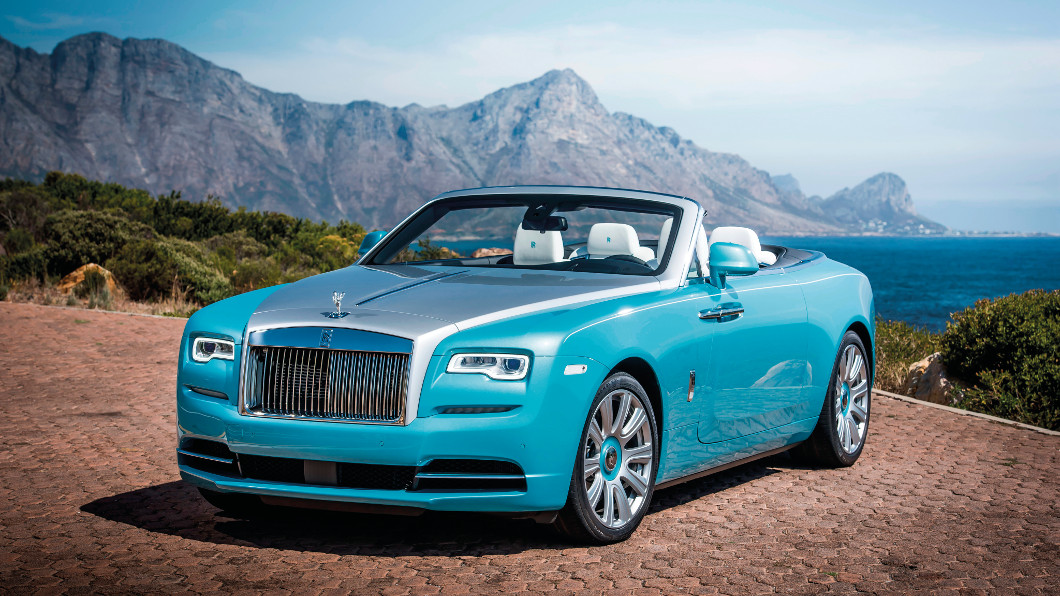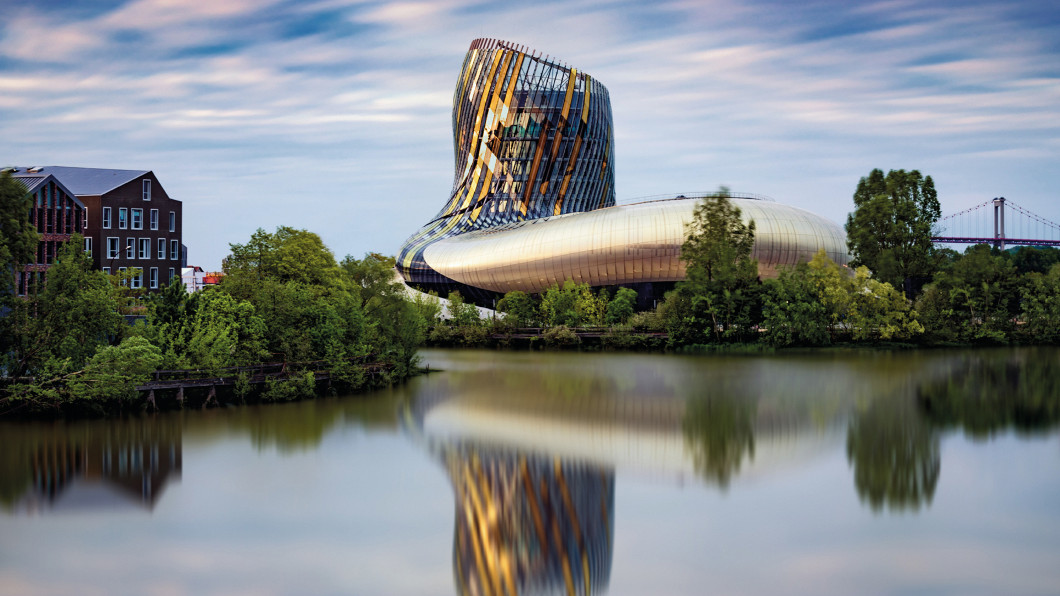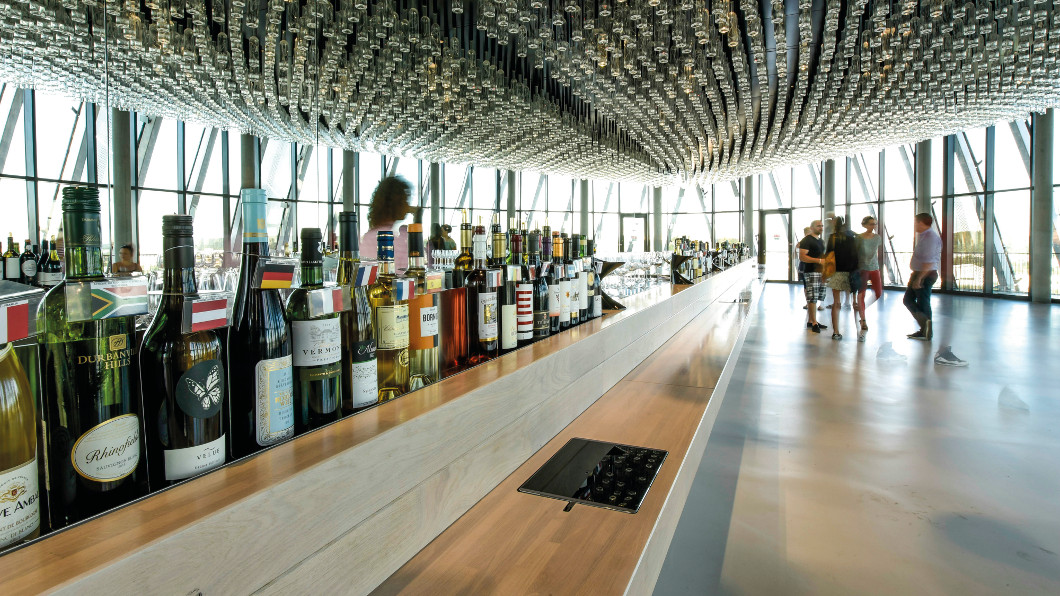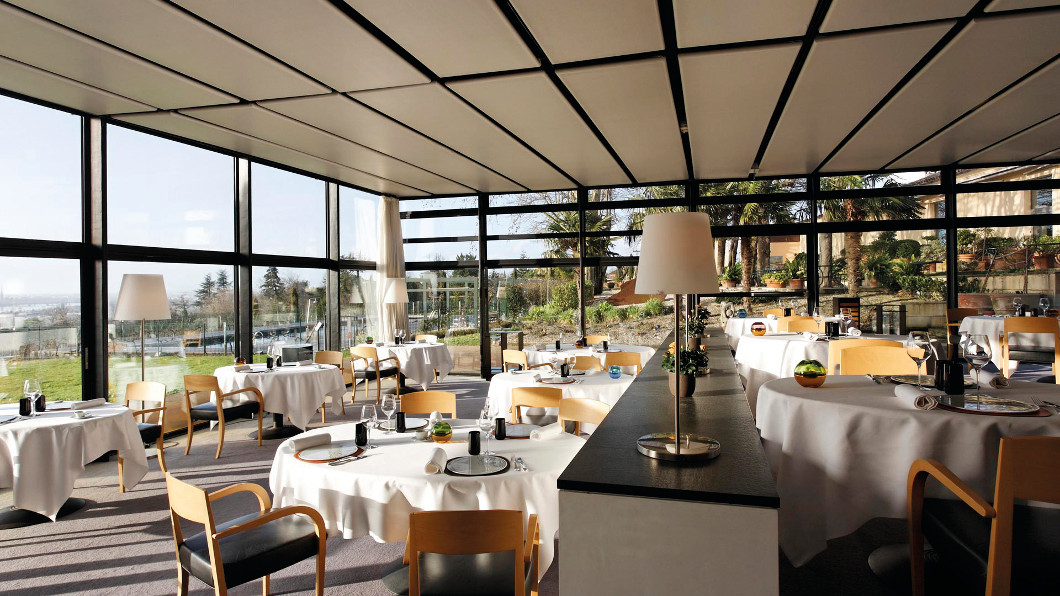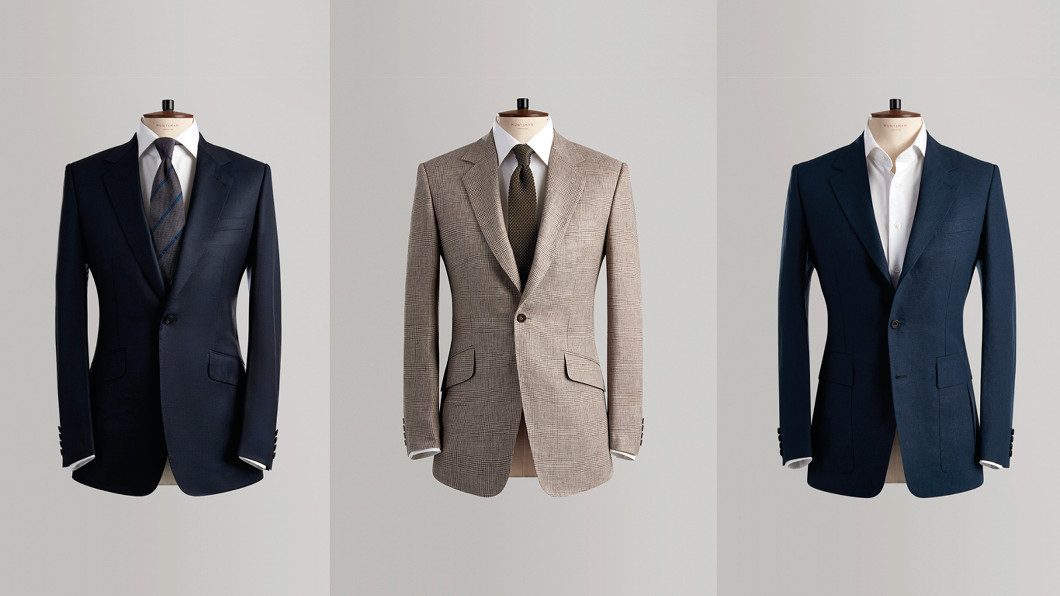Button’s backing for Ramezani Collection
After retiring from the world of Formula 1 – although he did make a guest appearance for McLaren at this year’s Monaco Grand Prix – Jenson Button is taking the opportunity to get involved in some less risky pursuits.
After retiring from the world of Formula 1 – although he did make a guest appearance for McLaren at this year’s Monaco Grand Prix – Jenson Button is taking the opportunity to get involved in some less risky pursuits.



